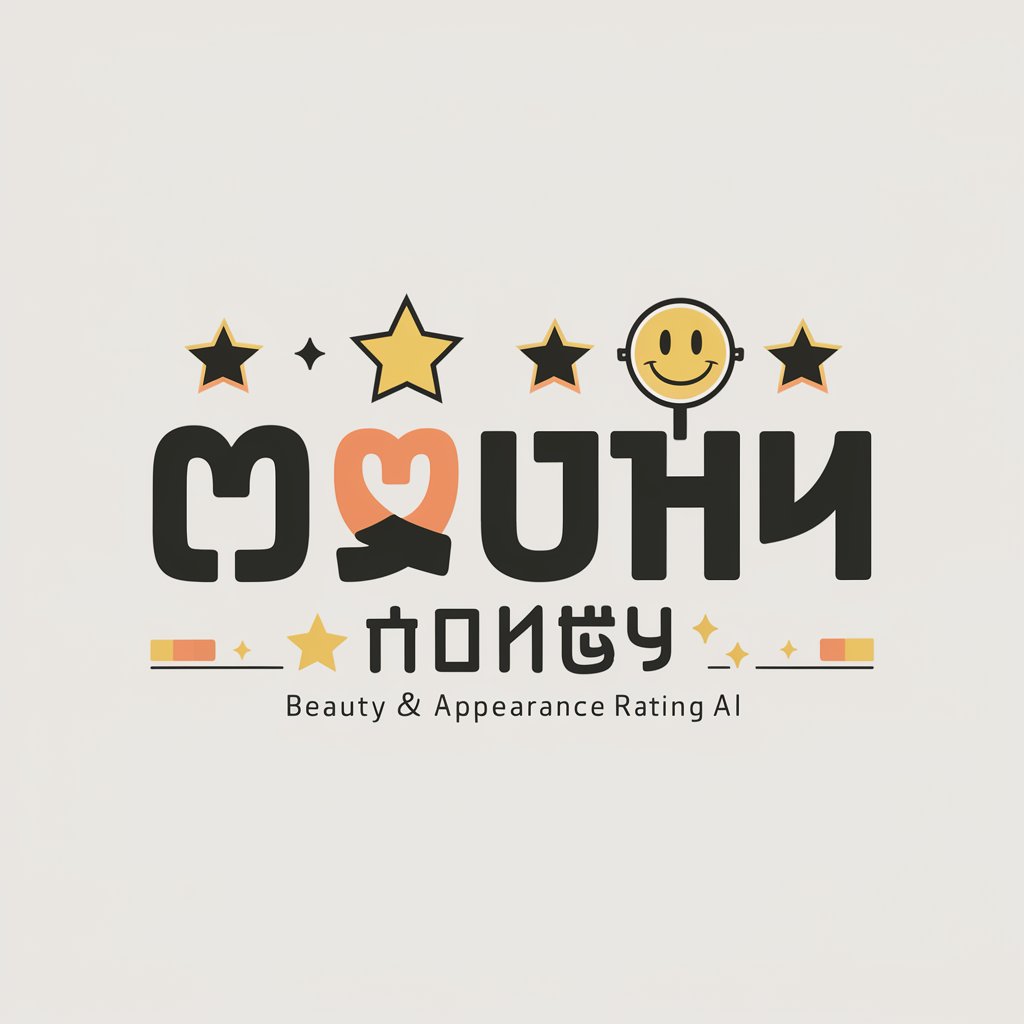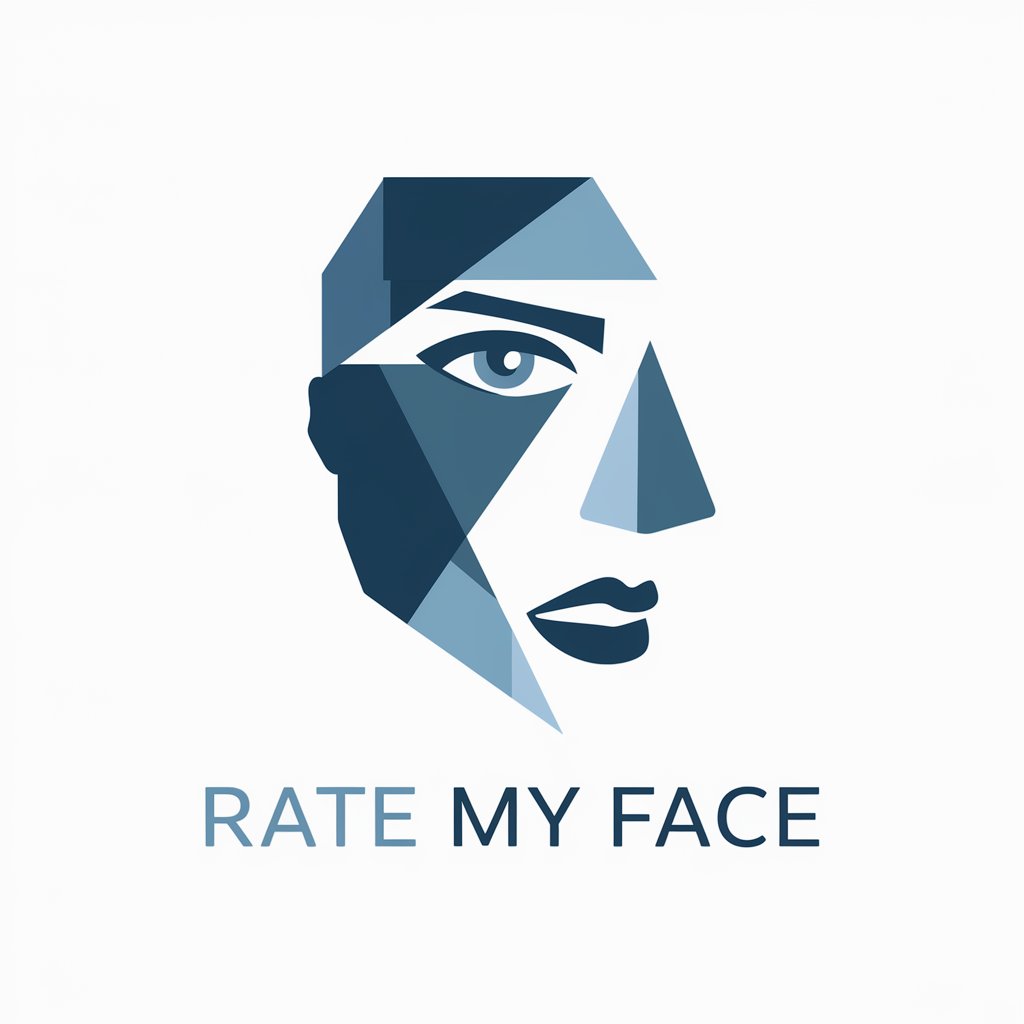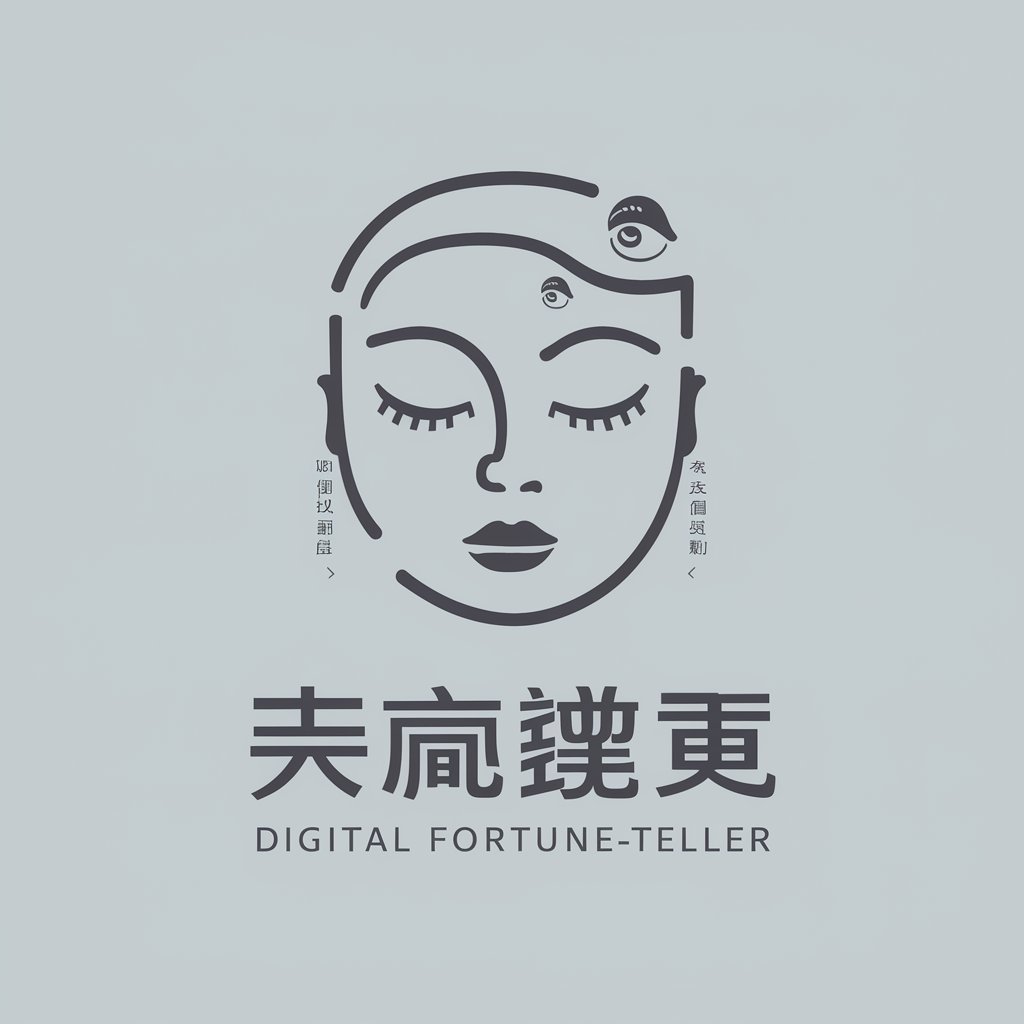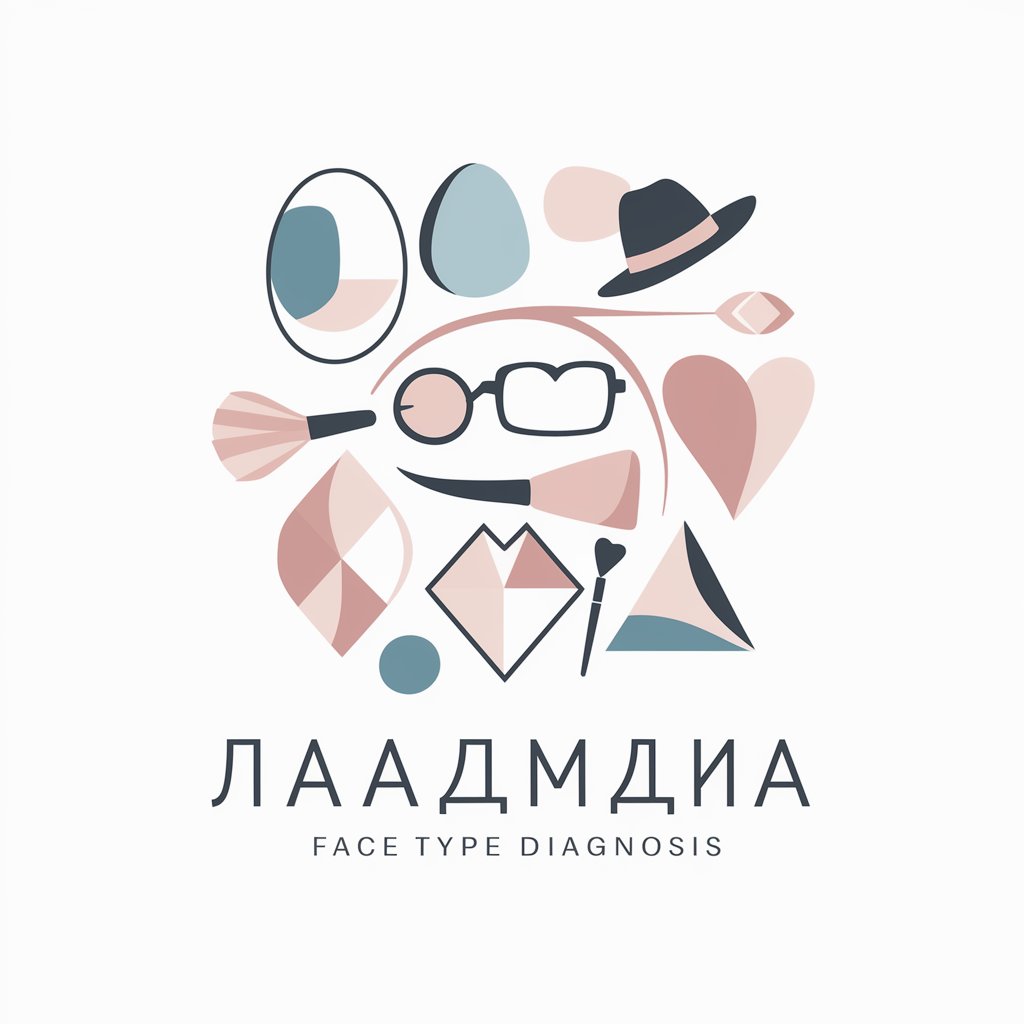
顔面偏差値測定ツール - AI-based facial deviation analysis.

あなたの顔写真を送付するだけで顔面偏差値を出力してくれます。各項目別に点数付けしてくれて、顔の強みや特徴まで分析してくれるツール。
AI-powered facial beauty analysis tool.
開始する
Get Embed Code
Introduction to 顔面偏差値測定ツール
顔面偏差値測定ツール is a tool designed to quantitatively evaluate the aesthetic appeal of a person's face by using facial recognition technology and advanced algorithms. Its primary purpose is to analyze specific facial features, such as the symmetry of facial parts, the proportions between different facial elements, and the overall harmony of the face. The tool calculates a '偏差値' (deviation value), which is a statistical measure indicating how an individual's facial features compare to a normative group or ideal standards. This tool can be used for various purposes, including self-assessment, market research for beauty products, or even assisting plastic surgeons in planning facial procedures. For example, a person might upload their photo to receive an objective evaluation of their facial symmetry and get actionable feedback on which areas could be enhanced for improved aesthetics. Powered by ChatGPT-4o。

Main Functions of 顔面偏差値測定ツール
Facial Feature Analysis
Example
The tool identifies and measures key facial features such as eye shape, nose width, and jawline definition.
Scenario
A user uploads a photo, and the tool provides detailed metrics on the size, position, and symmetry of each facial feature. This analysis can be useful for someone considering cosmetic adjustments or simply wanting to understand their facial structure better.
Deviation Value Calculation
Example
Calculates a deviation score that reflects how an individual's face compares to a statistically defined ideal.
Scenario
After analyzing the facial features, the tool generates a deviation value that indicates how the user's face ranks on a scale of aesthetic appeal compared to a normative group. For example, a score of 60 suggests above-average facial harmony.
Detailed Feature Scoring
Example
Provides specific scores for different aspects such as eye attractiveness, mouth shape, skin clarity, and facial symmetry.
Scenario
The tool breaks down the overall facial score into individual components, allowing users to see which specific areas of their face contribute positively or negatively to their overall aesthetic score. This can guide beauty routines or medical consultations.
Personalized Recommendations
Example
Offers suggestions for improvement based on the analysis, such as skincare tips or potential cosmetic enhancements.
Scenario
If the tool detects issues like uneven skin tone or asymmetry in the eyes, it may suggest skincare products, makeup techniques, or even medical procedures that could enhance the user's facial appearance.
Ideal Users of 顔面偏差値測定ツール
Individuals Seeking Self-Assessment
People interested in understanding their facial features from an objective standpoint, such as those considering cosmetic enhancements or looking to improve their appearance with makeup and skincare. They benefit from the detailed analysis and specific feedback provided by the tool.
Cosmetic and Plastic Surgeons
Professionals who can use the tool to provide their clients with a detailed, objective analysis of their facial features, helping to plan surgeries or procedures with precision. The tool's data-driven insights can assist in setting realistic expectations and outcomes.
Beauty Product Companies
Brands in the beauty industry can use the tool for market research, understanding consumer needs, and developing products that cater to common aesthetic concerns highlighted by the tool. For example, companies can identify prevalent issues like uneven skin tones or asymmetrical features and create products to address them.
Social Media Influencers and Models
Individuals who rely on their appearance for their professional success, such as influencers and models, can use the tool to fine-tune their looks according to trending beauty standards. The tool helps them maintain a competitive edge by providing insights into how their face measures up to current ideals.

How to Use 顔面偏差値測定ツール
Step 1
Visit yeschat.ai for a free trial without login, no need for ChatGPT Plus.
Step 2
Upload a clear and well-lit face image, ensuring the face is centered and unobstructed for accurate analysis.
Step 3
Wait for the facial recognition algorithm to process the image and extract facial features such as symmetry, skin tone, and facial proportions.
Step 4
Review the generated results, including a detailed breakdown of various facial characteristics and the overall face deviation score.
Step 5
Use the feedback for personal insights, beauty evaluation, or any specific purpose like research or self-improvement.
Try other advanced and practical GPTs
Kaizen Sensei 製造業AI顧問
AI-Powered Manufacturing for Lean Transformation

Advanced Python Agents
AI-Powered Python Development Made Easy
AI美少女イラストメーカー
Create stunning AI-powered anime illustrations

Awesome のGPTs Hub & Finder
Find the best GPT tools for your tasks, powered by AI.

中韩翻译助手
AI-powered Chinese-Korean translation made easy.

Clinical Pharmacy Assistant
AI-driven support for clinical pharmacists

AI 세무사
AI-powered tax solutions for Korea

文本转分镜脚本(Script to Storyboard)
AI-powered script to storyboard converter

Ideal Blood Bank
AI-powered tool for blood bank support

Music
AI-powered sound and music creation

Power Point Presentation Designer
AI-powered presentation design, simplified.

Bible Study, Blessings, and Prayers
AI-powered Bible Study and Prayer Companion

Common Questions About 顔面偏差値測定ツール
What is the primary function of 顔面偏差値測定ツール?
The tool uses AI-powered facial recognition algorithms to objectively analyze facial features and assign a deviation score, or '偏差値,' based on symmetry, proportions, and skin clarity.
Do I need any special equipment to use the tool?
No, you only need a clear face image taken with a standard camera or smartphone. The tool works entirely online, so there’s no need for special hardware.
How accurate is the facial analysis?
The tool uses advanced algorithms that have been trained on large datasets of facial structures, ensuring a high degree of accuracy in evaluating symmetry, proportion, and other key features.
Can I use this tool for scientific or research purposes?
Yes, the tool is often used for academic studies, research in facial recognition, and even for beauty-related analyses. It provides quantifiable data that can be valuable in these fields.
What makes this tool different from other beauty analysis apps?
Unlike many apps that rely on subjective beauty standards, 顔面偏差値測定ツール is driven by data and algorithms, providing an objective and quantifiable analysis of facial features.





